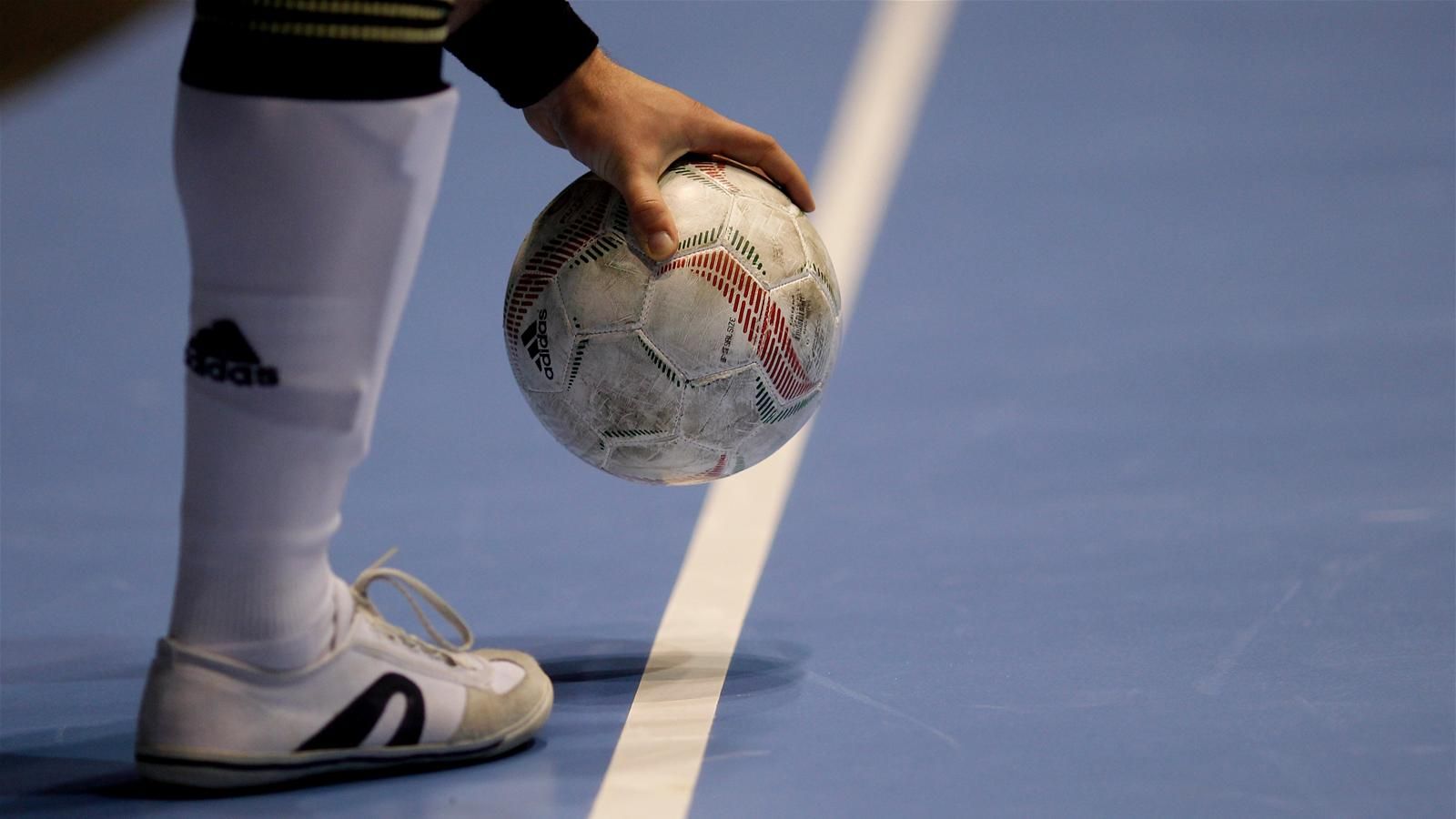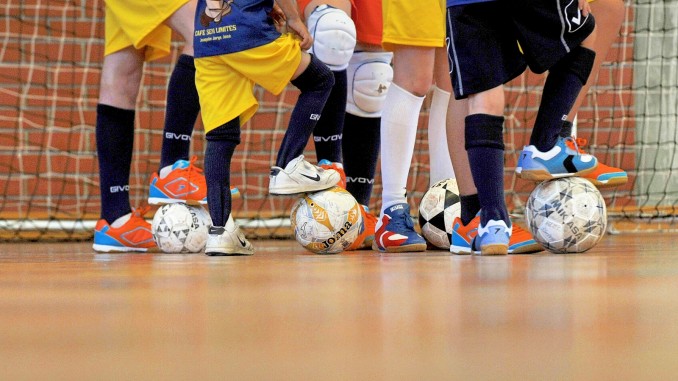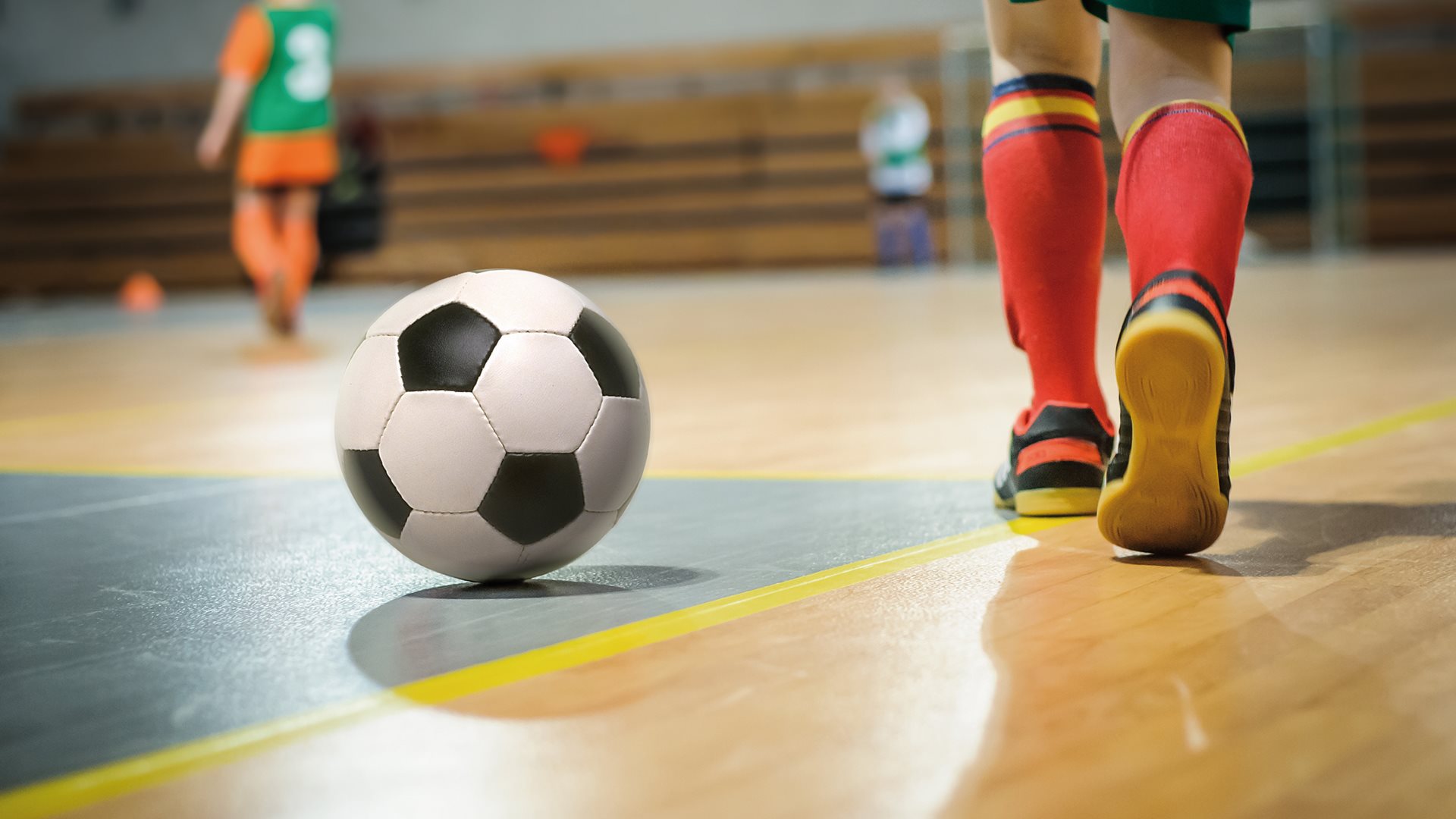I. Introduction to Futsal
![Sejarah Futsal dan Perkembangannya [ Di Dunia, Di Indonesia ] + Gambar](https://toriqa.com/wp-content/uploads/2020/02/Pengertian-futsal.jpg)
A. Overview of Futsal and its Origins
Futsal is a fast-paced indoor version of football that originated in Uruguay in the 1930s. It is played on a smaller hard court with teams of five players, including a goalkeeper. Futsal emphasizes skill, creativity, and quick thinking due to the smaller playing area and limited time on the ball.
B. Understanding the Differences Between Futsal and Football
Futsal differs from traditional outdoor football in several ways. The smaller court size, reduced number of players, and smaller, heavier ball in futsal create a fast-paced and technically demanding game. Futsal also encourages close ball control, quick decision-making, and improvisation due to the limited space and increased pressure.
C. Exploring the Worldwide Popularity of Futsal
Futsal has gained significant popularity worldwide, especially in countries such as Brazil, Spain, and Portugal. It is recognized by FIFA and played at both amateur and professional levels. Futsal provides a platform for young players to develop their skills and is seen as an important stepping stone in player development for outdoor football.
II. Futsal Court and Equipment
A. Dimensions and Layout of a Futsal Court
- Exploring the Size and Markings of the Court
A standard futsal court measures 40 meters in length and 20 meters in width. The court is marked with boundary lines, goal lines, a center circle, and penalty areas.
- Understanding the Role of Walls in Futsal
Some futsal courts feature walls, which add an extra dynamic to the game. Players can use the walls to pass, play rebounds, and create unique playing strategies.
B. Essential Equipment for Futsal
- Futsal Balls: Size and Specifications
Futsal balls are smaller and heavier than outdoor footballs. They have a circumference of 62-64 cm and are designed to maximize control and skillful play on the hard court surface.
- Proper Footwear for Futsal Matches
Players should wear indoor soccer shoes or futsal-specific shoes with non-marking soles. These shoes provide grip and traction on the hard court surface, allowing for quick movements and changes of direction.
III. Futsal Rules and Gameplay

A. Team Composition and Positions
- Understanding the Roles of Players in Futsal
Each team consists of five players, including a goalkeeper. The positions include defenders, midfielders, and forwards. Players are often versatile and expected to contribute both defensively and offensively.
- Rotations and Substitutions in Futsal
Futsal allows unlimited substitutions, allowing players to rotate frequently. This helps maintain energy levels and enables players to play in different positions, contributing to the overall team strategy.
B. Key Rules and Gameplay Elements
- Fouls and Violations in Futsal
Futsal has specific rules regarding fouls and violations. These include direct and indirect free kicks, accumulated fouls leading to penalty shots, and a 4-second rule for set pieces. Persistent fouling can result in yellow or red cards.
- Set Pieces and Strategies in Futsal Matches
Futsal emphasizes quick restarts and set pieces. These include kick-ins, corner kicks, free kicks, and penalties. Set pieces provide opportunities for strategic plays, including rehearsed routines and quick passes to create scoring chances.
IV. Skills and Techniques in Futsal

A. Ball Control and Dribbling Skills
- Mastering Close Ball Control Techniques
Futsal requires precise ball control in tight spaces. Players should practice dribbling with close ball control, using both feet, and executing quick changes of direction to evade opponents.
- Effective Dribbling Moves in Futsal
Players should develop a repertoire of effective dribbling moves, including feints, step-overs, and changes of pace. These moves help create space, beat opponents, and maintain possession.
B. Passing and Shooting Techniques
- Quick and Accurate Passing Skills
Futsal emphasizes quick and accurate passing to maintain possession and create scoring opportunities. Players should practice short, crisp passes as well as long diagonal passes to switch play.
- Shooting Techniques and Goal Scoring in Futsal
Players should develop shooting techniques that allow for quick shots and accurate finishes. These include instep drives, toe pokes, and using the sole of the foot for close-range finishes.
V. Futsal Tactics and Strategies

A. Offensive Plays and Attacking Strategies
- Positioning and Movement in Offensive Plays
Attacking plays in futsal focus on creating space, making diagonal runs, and exploiting gaps in the defense. Players should practice coordinated movements and timed runs to create scoring opportunities.
- Creating Space for Goal Scoring Opportunities
Players should work together to create space for goal-scoring opportunities. This involves using give-and-go passes, wall passes, and off-the-ball movements to create passing options and unsettle the defense.
B. Defensive Tactics and Setups
- Pressure and Marking Techniques in Defense
Defensive tactics in futsal involve applying pressure and marking opponents tightly. Players should focus on quick reactions, cutting off passing lanes, and applying pressure to regain possession.
- Effective Zone Defense Strategies in Futsal
Zone defense is commonly used in futsal to maintain defensive shape and cover specific areas of the court. Players should communicate, shift positions, and work collectively to close down space and prevent scoring opportunities.
VI. Futsal Training and Development
A. Physical Conditioning for Futsal Players
- Endurance and Speed Training
Futsal requires players to have good endurance and speed. Players should engage in cardiovascular exercises, interval training, and speed drills to improve their endurance and quickness on the court.
- Agility and Quickness Exercises
Agility drills, such as ladder drills, cone drills, and shuttle runs, help improve players’ agility, quickness, and change of direction abilities. These exercises simulate the fast-paced movements required during a futsal match.
B. Technical and Tactical Drills
- Skill Development Exercises
Technical drills should focus on improving ball control, passing accuracy, shooting technique, and individual skills such as dribbling and feints. Repetition and practice are key to mastering these skills.
- Tactical Awareness and Decision-Making Training
Tactical training drills should focus on improving players’ understanding of positioning, movement off the ball, defensive organization, and decision-making in game situations. Small-sided games and tactical exercises help players develop their understanding of the game and improve their decision-making abilities.
Futsal is a dynamic and fast-paced indoor game that offers a unique football experience. With its smaller playing area, emphasis on technical skills, and quick decision-making, futsal provides an exciting and challenging environment for football enthusiasts. By understanding the court, equipment, rules, and honing the necessary skills and strategies, players can fully enjoy the thrill and competitiveness of futsal. Join the futsal community and embrace the excitement of this captivating indoor game.
